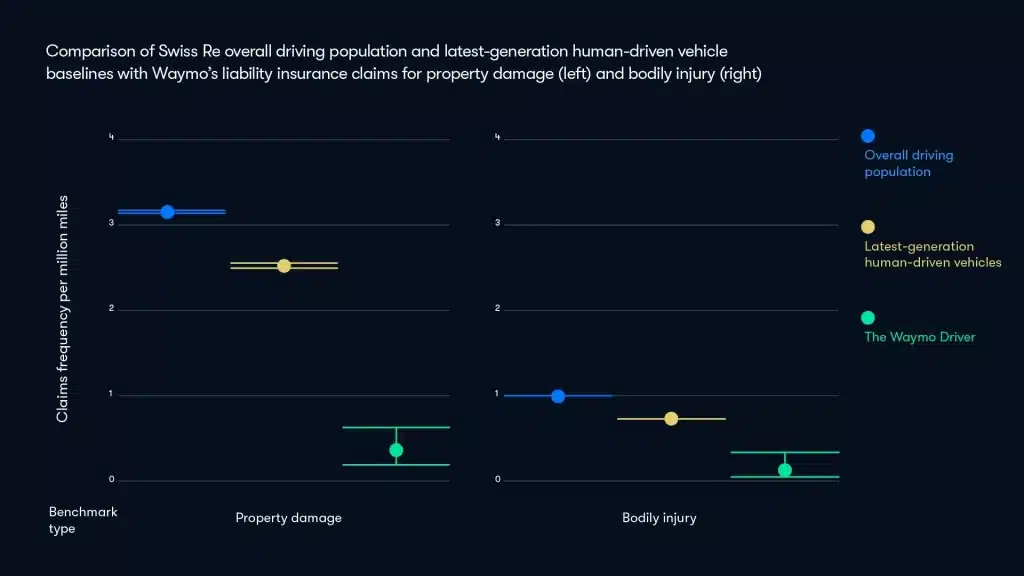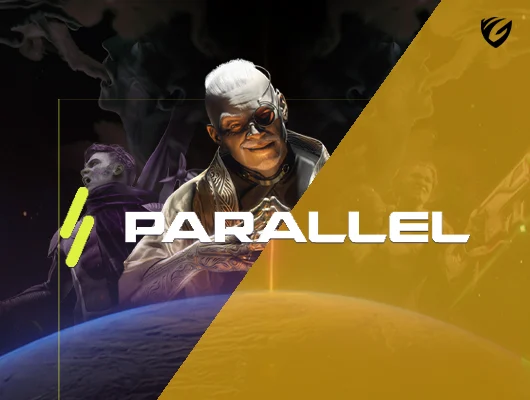Tesla Robotaxi ‘Cybercab’ Begins Testing in June 2025
Picture the streets of Metro Manila where cars glide through the city, driverless. Powered by Artificial Intelligence (AI), these cards navigate our bust streets with precision. The Tesla Robotaxi, dubbed the Cybercab, is joining the mix, promising to transform how we move.
Tesla Robotaxi Unveiled

Tesla’s Cybercab, unveiled in October 2024, is a sleek two-seater vehicle with no steering wheel that relies on cameras and AI-driven Full Self-Driving (FSD) software.
At an April 2025 earnings call, Musk revealed plans to begin testing in Austin, Texas , a state with more relaxed regulations than California. He projected that Robotaxis would be widely deployed by 2026.
“There will be millions of Teslas operating fully autonomously in the second half of next year.”
It should be noted that other competitors have already launched services. Waymo, backed by Google-parent Alphabet, claims 250 thousand paid rides per week. The autonomous ride-hailing company operates throughout the U.S., using lidar, radar, and maps.
Tesla’s camera-only approach is leaner but riskier, aiming for scalability without costly sensors. Waymo’s tech is mature while Tesla is banking on AI breakthroughs.
Global Impact Shows Promise

Beyond the cost savings brought about by automation, data shows that robotaxis could be safer on the road. A Waymo study shared with SwissRe shows that Waymo’s rides carry 88% fewer property damage and 92% less bodily injury claims than human drivers.
In the Philippines, Manila’s traffic jams are notorious. Grab, Southeast Asia’s ride-hailing leader, could integrate Tesla’s Robotaxis, following Waymo’s Uber partnership model. Tesla’s Cybertruck also comes in at less than $30,000 providing an affordable investment for future operators.
Globally, the $123 billion ride-sharing market could hit $480 billion by 2032. With the adoption of autonomous cars, cities may see less traffic, fewer parking lots, and lower accidents.
Regulations Still Unclear
Regulations vary widely and could slow down robotaxi adoption.
In the U.S., Texas has minimal oversight, requiring only registration and insurance, making it ideal for Tesla’s tests. California demands permits and extensive testing data, slowing progress.
The Philippines lacks specific autonomous vehicle regulations.
The Land Transportation Office (LTO) and Department of Transportation (DOTr) oversee vehicles, but no framework addresses autonomy. Existing traffic laws assume human drivers, creating ambiguity for driverless vehicles.
Tesla’s Model 3 and Y are sold locally, but FSD features are limited, reflecting regulatory caution. Grab’s potential Robotaxi integration would require new laws on safety, liability, and testing. Public skepticism, fueled by unfamiliarity, could delay adoption.
In the Philippines, job displacement fears among regular taxi operators and among Grab drivers could spark resistance. Philippine regulators will have to balance innovation with protecting jobs similar to issues faced with ride-hailing applications.



